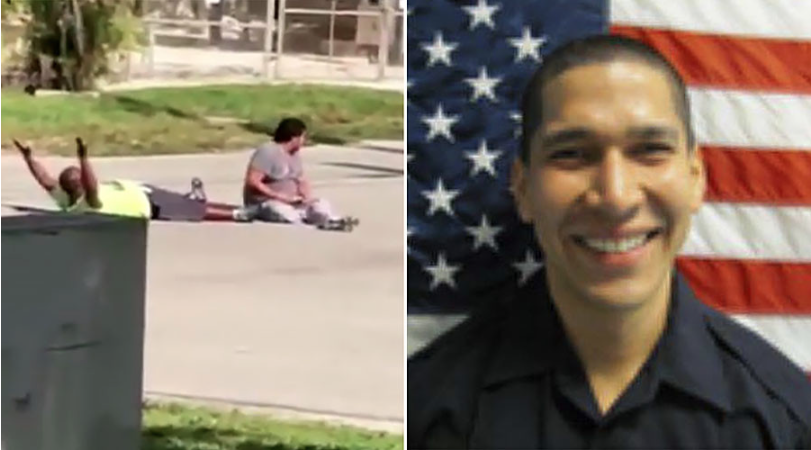Well, for those of you who saw the video last summer of the officer shooting continuously and missing an emotionally disturbed man and his unarmed therapist attempting to assist him, the officer involved has been charged with some pretty serious crimes.
Greg Ellifritz posted about this on Facebook today. Click HERE for the post.
Time and time and time again in Reality Based Training schools, highly questionable behavior on the part of officers during scenarios plays out. The question is, do the training staff have the time and the skill to facilitate such behaviors? To rerun the scenarios until they are Six O’Clock News Ready? Or do they, in the aftermath of the scenario, simply wag a .50 caliber finger and point out the mistakes, suggesting that future behavior should be altered?
Do any observed inconsistencies with policy or law point to a systemic problem within the agency? Is there a problem or inadequacy with the training inside the organization? Is there a mechanism within the organization by which the observed problems can be addressed both individually or systemically? Is there a Fit for Duty policy within the agency where chronic and aberrant behaviors in training can lead to the removal of an officer before the problems in training manifest as a catastrophe in the real world? Has the training system within the organization actually been part of creating or indoctrinating the aberrant behaviors because of flawed training methodologies?
Using simulation tools and techniques as one of the methodologies for Reality Based Training demands that there be a lot more that goes into an RBT program than just buying a box of marking cartridges or a $350K video simulator and reading the instructions on the packaging. Which is not to suggest that this is the norm for most agencies .. but it is sufficiently rampant that it bears mentioning.
Those in the training realm can be likened brain surgeons, tinkering around inside of the experiential minds of those in their care. In many cases they are using rusty instruments or inadequately prepared themselves to be performing such “surgery”. They need a thorough understanding of what it is they are doing.
We have zero knowledge as to the training level of the officer in question in this particular incident and are, for the purposes of this article, using it as an example to illustrate a larger point. Which is, to observe the actions of this officer on video, it is hard to ignore that there is a HUGE gap between what he is doing and what makes sense given the realities and necessities of the situation. There is a training gap here wide enough to drive a multi-million dollar lawsuit through, and to put a probably well intentioned former police officer behind bars. As a community, on both the civilian and law enforcement side, everybody loses.
So for those who think they don’t have the time or the money to set up a safe and effective experiential learning program, or who don’t think they have the man-hours available to make such training available to the members of their organization, I challenge them to add up every nickel of the before and after of this current incident. Factor in the lives ruined or nearly lost. And tell me again how you don’ have the time or the money. Both are ultimately being expended. But for some continuing odd reason, agencies continue to want to spend money on funerals and lawsuits instead of proactive avoidance. Or as Tony Blauer says, “… everyone is talking about training for ‘Left of Bang’, but most of the training he sees starts to the Right.”
Final point. Situations such as this one were 100% avoidable, and not with too much hindsight,

